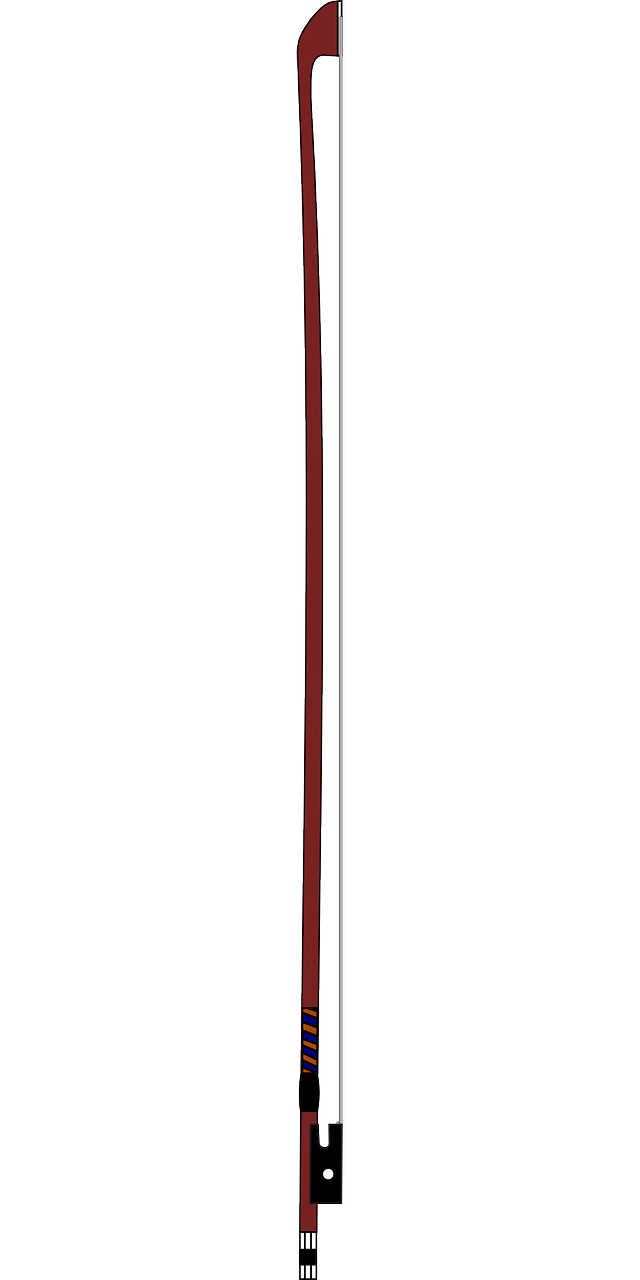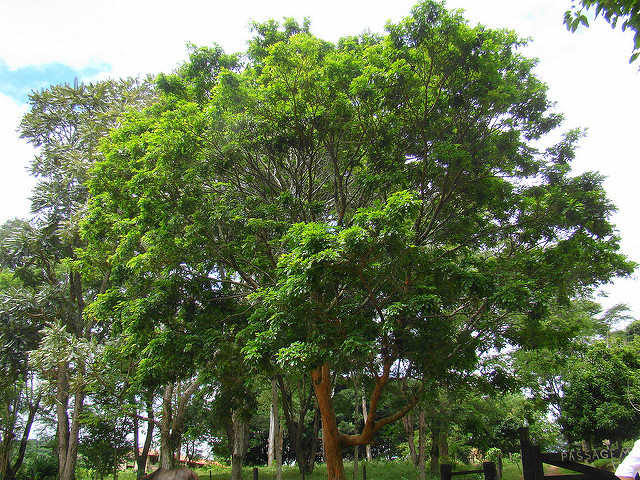Ah! Brazil! The land of serene beaches and the home for Amazon River! With tons of tourist attractions like Rio de Janeiro, São Paulo, or the fantastic beaches of Pernambuco and oh, how I can forget the legendary Carnival! Brazil is a unique place on its own! This Portuguese speaking country is home to some really diverse and delicious food! Also, an astounding one-fourth portion of trees on the planet is found in Brazil!
The Amazon rainforest has been the hotspot for the variety of flora as well as fauna filled with huge Brazil nut trees and Brazilwoods! In the early 15th century, explorers came across the Brazilwood tree.
Brazilwood, aka Paubrasilia, is the national tree of Brazil. In the early 15th century, the Portuguese came across this variety of tree and found the high value of the red dye it produces. This dye was exported to European countries and was heavily used in textile industry.
Not just the red dye, but the wood also was known for the unbreakable strong properties. This indestructible wood was used to make the bows for the musical instruments. A violin bow costs around $5000 and uses almost 1 kilograms of wood. This tree helped the Brazilian economy a lot! And yes, rightly guessed, Brazil is named after the same tree!
 |
 |
Back then, this tree was exploited for the dye & wood so the numbers were significantly reduced. So much so that it caused a major collapse in the economic activity in the 18th century itself. It’s likely that the trade of Brazil wood is to be banned in near future. As of today, thanks to synthetic materials, people are not dependent on this tree for the purpose of red dye. But still, the wood is used to make bows for violin, viola and cellos. Now, this tree has been listed in one of the endangered species lists.
 |
 |
Brazilwood might be the only wood which was so famous that, a whole nation was named after it! Earlier, it was called as Terra do Brasil which meant “Land of Brasil” and as centuries passed by, the name was stuck and today we know this country as Brazil.
Images inputs from Flickr & Pixabay. Click on the images to view the copyright attributions wherever applicable.

